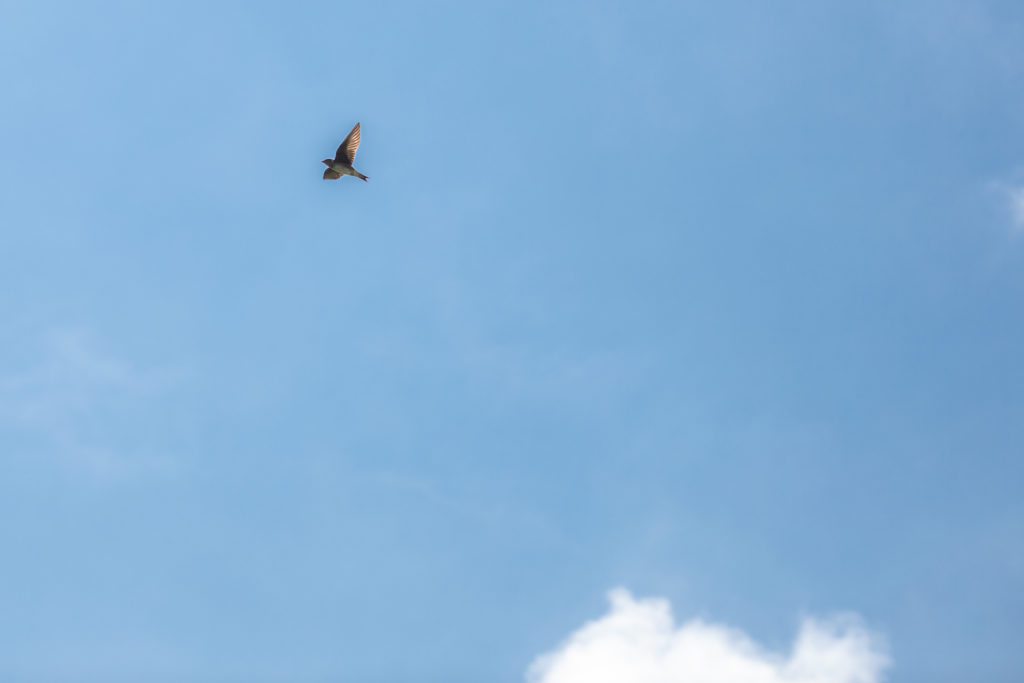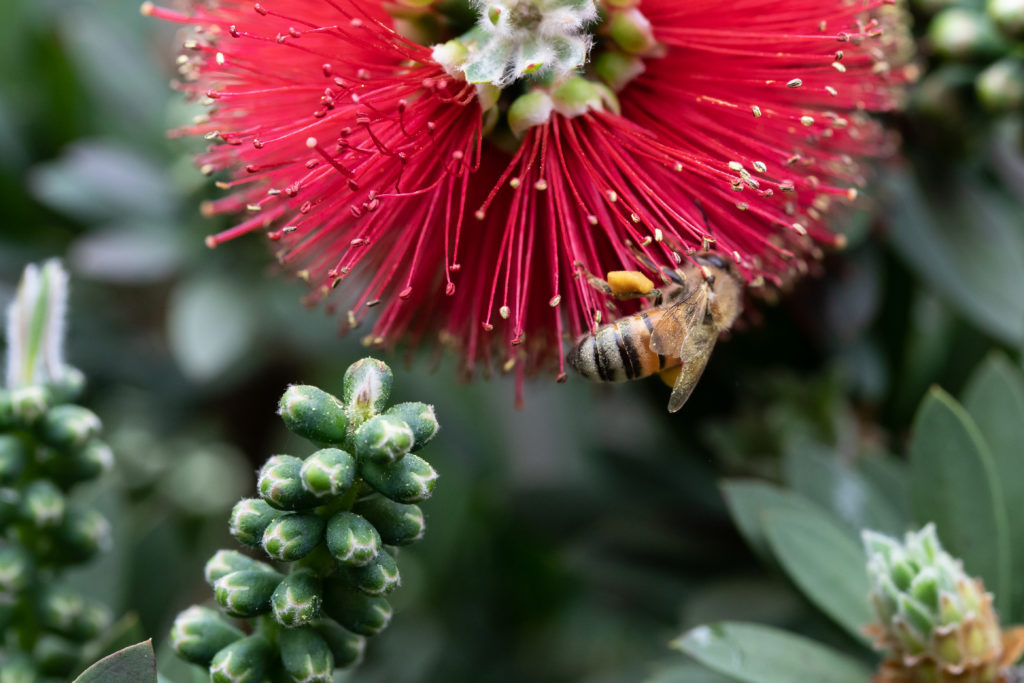When learning about wildlife, we often focus on the far away and exotic, but there are plenty of fascinating plan and animal species outside around your home or local park. Use this scavenger hunt to help you discover them!

Find a Rollie pollie. These are also called pill bugs, doodle bugs and woodlice. They are decomposers, which means they work hard to clean up our environment by eating things like decaying plant matter and scat. They also are a food source for animals such as toads, birds, spiders and wasps. See if you can observe one of their natural defense mechanisms.
Find a pinecone. Look for evidence of a sneaking squirrel. Pinecones are full of pine nuts that most animals can’t access, but squirrels are specialists at this.

Look up! Locate a bird. How many do you see? Try to see if you can tell if they are alone or in a flock. Do they have a mate nearby? Can you spot them? Look down. See if you can find a feather. Some birds are protected by the law, which means even having one of their feathers can be illegal so look, but don’t touch.
Find a dandelion. These spread as crazy as wildflowers in Texas, but the most common ones we see were brought over from Europe as a food source for early settlers. That’s right, they’re edible. They’re even full of vitamin C! Make sure to ask an adult and wash it thoroughly before taking a bite though. Native species were used by earl Native Americans as medicine, and the flowers are an important food source for bees. They are some of the first to bloom as winter draws to a close and can be a lifeline for pollinators.
Find two types of clover. You’ll probably be able to find several in any given yard or field. You’ll notice they have similar leaves, but often different flowers. This plant we pass over every day is an important food source for lots of animals including white-tailed deer, native rabbits and salt marsh caterpillars just to name a few! Clovers and their flowers are also edible for humans. Make sure to ask an adult and wash it thoroughly before trying it for yourself.

Between garden plants and wild flowers, even areas full of people provide plenty of nectar and pollen to pollinators. See if you can spot a pollinator. This could be a bee, wasp, moth, butterfly, bird or even a fly!
Find one Green anole AKA Anolis carolinen. Find one Brown anole AKA Anolis sagrei. Notice their similarities and differences. While they often share the habitat, the Green anole is a native species, and the Brown anole is an invasive species native to Cuba and the Bahamas.

Look down on the ground and up in the trees. Can you spot something that looks sort of like a ball of moss? These are actually air plants AKA Tillandsia recurvata! See if you can spot an air plant. They’re called air plants because they get all the nutrients they need from the air. They need to be high up to catch nutrients on the breeze and they burn in the sun, so they often latch on to the branches of trees. The trees help them survive, but they don’t hurt or harm the tree. As far as the tree is concerned, it’s like they’re not even there.
Close your eyes. What kind of sounds do you hear? See if you can hear the wind rustling the leaves of plants around you, the buzz or hum of bugs around you, a dog barking, or a bird singing.
Find a spider. Look, but don’t touch! The only spiders you could encounter that would land you in the hospital are the Brown recluse, the Brown widow and the Black widow. Be on the lookout for their messy webs that are usually found low to the ground in between the roots of trees or in the corner of sheds and garages. Make sure you keep a safe distance! Spiders aren’t all bad news though. There are lots of species of spiders all around that do us favors by eating harmful bugs like mosquitoes and ticks.
Every ecosystem is different; that’s what’s exciting! What you find in your backyard could be different from what is in your next door neighbor’s backyard. If you aren’t able to find some of the things on this list, that’s okay. Just skip and go to the next one. Next time, we’ll be posting about how you can create a field journal to document all of your new discoveries.
This blog was written by Jennifer Moore.

